Over and over again our conversations prove to be rewarding. In addition, Marshall is a regular contributor to Dr. Bickmore's YA Wednesday. It is worth your time to browse through the contributors' page to find some of this other posts.
Around the World in a Dozen YA Novels: Windows, Mirrors, and Doors that Show the Trials, Tribulations, and Hope of Teens in Challenging Circumstances
Marshall George
Much has been written about the metaphors of literature as windows, mirrors, and sliding glass doors. (I love this brief description of the idea from its originator, Dr. Rudine Sims Bishop). In a nutshell, the idea is that books provide readers with opportunities to see aspects of themselves, their lives, and their experiences (mirrors), to see and learn about the lives and experiences of others (windows), and to feel as if they are stepping into the actual setting (sliding glass doors) that is far removed from their own contexts. Many of us believe that a rich diversity of literature providing all three of these types of opportunities is crucial for all children, adolescents, and young adults.
The following books are some of the best YA novels that I have read over the last five or six years that are set in far-flung places around the world-places that I had little prior knowledge of before reading these books; places that have incredible natural beauty, fascinating cultures, and extraordinary suffering and hardship. As a middle-aged adult reading young adult literature, I am still regularly able to see aspects of characters that allow me to look in the mirror; however, it is the opportunity to look through windows and walk through sliding glass doors to learn about the lives of people who live in very different places from where I live and travel that brings me the most satisfaction. I highly recommend each of these books to young people, to those who work with young people, and to those who just want to know more about this crazy world in which we live.
| Jay Reguero, whose mom is white and dad is Filipino, is not sure that he is ready for college. When he learns that his cousin has died in the Philippines, Jay is upset. When he learns that his cousin was shot by the police as part of Philippine President Duertete’s war on drugs, Jay becomes angry about the corrupt murders in that country and convinces his parents to let him travel to the country where he was born. There he stays with his police chief uncle and his family. During his several weeks in Manilla, Jay seeks to uncover the truth about his cousin’s murder. In that quest he learns a great deal about the culture, the history, and the current political situation in his native land. He also learns some painful truths about his own family. Readers of this book, too, will learn much about Filipino culture, recent history, and the current state of affairs in this fascinating country. |
| Life in the streets of Chennai is dangerous and harsh for Viji and her sister, Rukku. The young sisters have run away from a violent homelife in a small village, finding shelter on an abandoned bridge in the huge city. When they befriend two other young people who are forced to live on the streets, the sisters form a new family and figure out how to survive on their own, scavenging for food and things to sell in the city dump, and making money by making bead necklaces to sell. After fleeing from their shelter at the bridge when their safety is jeopardized, the sisters and their friends relocate their tent in a graveyard, where monsoons and mosquitos lead to extreme illness for the young girls. Eventually, the kindness of an older woman leads to change and for the first time a glimmer of hope. Readers will gain insight into the plight of poor and homeless children in the developing world, but will also learn that those poor and homeless children have love, dreams, and sometimes beat the odds. |
| Chiko, a teenage Burmese boy, lies in his nation’s capital city. Because he can read and write in both English and Burmese, he is excited to read of a teaching opportunity he might have. But his excitement is curtailed when his mother reminds him that at any time he could be arrested by a government agent or the police like his father was for resisting the government. When Chiko goes to apply for the position, he discovers that it is a ruse to lure young men as recruits for the army. He is taken to a military recruitment center, which is more like a prison. Indeed, he is beaten and punished mercilessly at the training camp. On a mission for the army, Chiko is badly injured in the jungle by a hidden landmine. There, he is found by Tu Reh, a sixteen-year-old Karenni boy who is fighting against the Burmese army that Chiko is being forced to fight for. Rather than killing Chiko, his sworn enemy, Tu Reh decides to take him to his own camp where he can get medical attention for his badly injured leg. Chiko and Tu Reh become friends before going their separate ways to rejoin the fight on opposing sides of the war. Readers are likely to recognize the elements of an unlikely friendship between two teenagers on opposite sides of a conflict, while also learning about a civil war they likely have never heard about. |
| The civil war in Syria has been raging for years and has led to an unthinkable number of deaths and refugees. Tareq lives with his loving family in war-torn Syria, but his happy life is changed forever by the bombing of his neighborhood, when he loses some of his beloved family members and is trapped under the rubble of his apartment building. Once he is out of the hospital, Tareq and his father flee to Raqqa, a once lush city that has been decimated by drought and war. In Raqqa, they discover what life is like under the oppressive Daesh, known to most Americans as ISIS. Tareq and his father must continue their flight, seeking refuge first in Turkey, where refugees are not treated very well. Determined to head for Europe, Tareq finds himself alone in a leaky boat with fake life jackets bound for Greece. Readers will walk through the sliding glass door to learn of the horrors of the Syrian civil war and the refugee crisis it has caused and will begin to understand what life has been like in that part of the world for many years. |
| Leena lives with her mother in Riyadh. Her father is in prison for having protested against the government. Her best friend, Mishail, is the daughter of a high ranking government official. In an act of defiance, the girls hatch a plan to defy the dress code for women and wear colorful revealing western-style dresses for their senior photos. Leena also has to sometimes dress as a man in order to accompany her mother when she goes shopping (since her husband is not able to do so, being in prison). In another act of defiance, Leena learns to drive a car, taught by a group of rebel friends and practicing every night in the desert. Leena also begins studying law on her own, despite not being able to get written permission from her father to do so. Readers will learn about the oppressive lives of young women in Saudi Arabia, and just how different their lives are from those of young men there. While most western readers will look through the window to catch a glimpse of a life very different from their own, they will also see reminders of the importance of friendship and family that mirrors their own experiences. |
| Twelve-year-old Nisha lives with her twin brother, her grandfather, and her grandmother in India in 1947 prior to the partition of India into two countries, India and Pakistan. Prior to the partition, town citizens of the Hindu, Muslim, and Sikh faiths all lived together. The partition leads to tension, unrest, violence, and turmoil in the town, now located in Pakistan. One of Nisha’s parents is Hindu, and the other Muslim, so her life is especially confusing and dangerous-- so much so that she and her brother must quit attending school. Realizing that the situation is only getting worse, Nisha and her family attempt to relocate to “New India,” where people of the Hindu faith can hopefully live in safety. Their harrowing journey leads to danger and heartache, but they finally arrive in Jodhpur, where the family attempts to build a new life. Readers of this historical fiction will learn about the impact of the creation of Pakistan and will be able to glance at the experiences of oppressed people who become refugees in their own country, but do gain a new found freedom when they survive the challenges they face. Again, the complexities of family relationships may seem familiar to readers, even though their contexts may be quite different from those of Nisha and her family. |
| Half American and half Persian, eighteen-year-old Darius does not feel like he fully belongs in either culture. When his parents find out that his grandmother is dying in Iran, they decide to take the family to the country where his mother was born and raised. When he first arrives in Iran, Darius feels even more ostracized than he did at home in the USA. However, during his time in Iran, Darius makes a good friend, explores the beauty of the culture, and becomes enamored with the country and begins to feel a sense of belonging like he had never felt before. Many readers may see themselves as they read about Darius’ struggles with depression and with coming to terms with his identities. The book also provides a view of the fascinating Persian culture of Iran. |
| Fatima lives in a small rural village with her family in Taliban-controlled Afghanistan. Almost a woman, Fatima is forbidden from leaving her home alone, and there are many restrictions about what she can do. Nevertheless, Fatima begins a secret and quite dangerous relationship with her close childhood friend, Samiullah, who is Pashtun. The relationship is discovered by Samiullah’s cousin, a zealot, who exposes the young couple. Their families are furious and Fatima is severely beaten. The couple decides to flee to Kabul, where they think they can be to together and where Fatima’s dreams of attending college, something that women are also forbidden to do under Taliban rule, might come to fruition. Readers can discover the unthinkable world of Taliban-controlled Afghanistan and may come to understand two very different versions of Islam. Embedded in all of the horror and sadness, however, is a tender love story, something many readers will understand. |
| Sarah and her brother Emiliano live in Ciudad Juarez, a Mexican city just south of the border with the United States. Sarah’s father is working in the US and suddenly decides to divorce her mother, leaving the family in financial straits. Sarah, who works for the local newspaper, writes a regular column about the desaparecidas, or women who are kidnapped and missing. This includes her best friend, who was kidnapped on her way home from work one evening. Her columns get the attention of someone, who threatens her and her family if she continues to publish it. Upon investigation, Sarah believes the threats are coming from within the police department. The book also chronicles the experiences of Emiliano, who is in love with the daughter of a wealthy businessman, and who propositions him to begin smuggling drugs into the US. This novel introduces readers to two major societal issues: drug trafficking and human trafficking and the violence associated with each of them. Sarah and Emiliano have major ethical and potentially life-altering decisions to make, something most readers can identify with. |
| Fifteen year old Amadou and his eight year old brother Seydou are child laborers working on a cacao plantation in the Ivory Coast. When they took the work, they and their families thought it would be for a year, providing money the family desperately needed. However, they became forced laborers, greatly abused by their overseers. When a young girl is brought to the farm camp, clearly against her will, Amadou and Seydou’s treatment becomes even more brutal when they try to befriend and help her. When Seydou is severely injured in a machete accident, Amadou knows they must escape if they are to stay alive. The novel ends with a hopeful tone, with Amadou being able to share the horrors he and the other trafficked children have faced. Sullivan opens the door for readers to learn about the cacao/chocolate trade works and how it has long depended on kidnapped children to keep it alive. |
| Fourteen-year-old Sophie is a biracial girl who lives in the Congo her mother. Her mother creates a sanctuary for bonobos and refuses to leave Africa when her husband gets a job in the United States. Sophie returns to the US with her father and spends summers in Congo with her mother. In an attempt to save an injured bonobo, Otto, who is being sold by a questionable man, she inadvertently contributes to the burgeoning bonobo black market. She tries to nurse the injured creature back to health prior to returning to Miami. When war breaks out, and the military arrive at the sanctuary, Sophie finds herself alone at the sanctuary and has to make a daring escape with Otto. She spends months hiding, traveling, and trying to dodge the war around her. She is eventually reunited with her mother and decides to finish her schooling in the Congo. Readers look through the windows and learn about bonobos, the war in Congo, and a remarkable relationship between a human and an ape. |
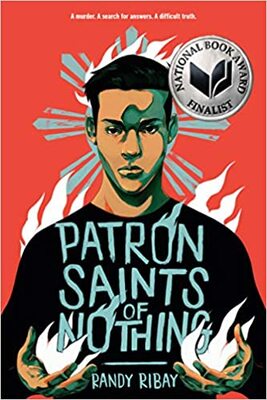
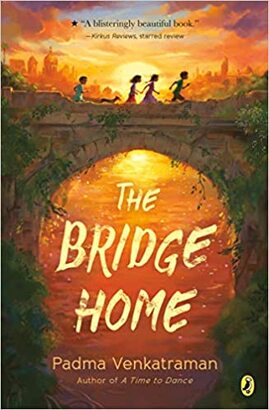
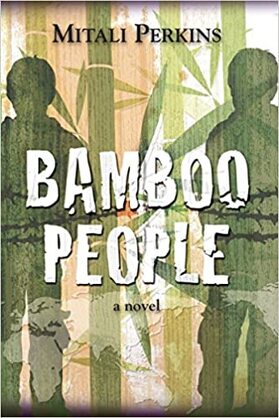
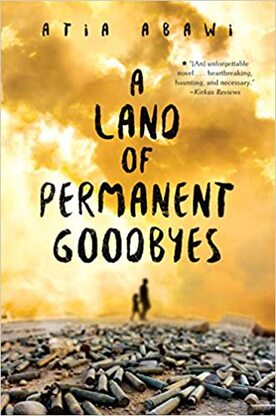
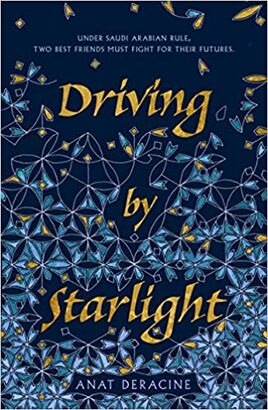
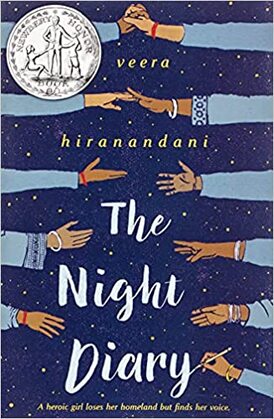
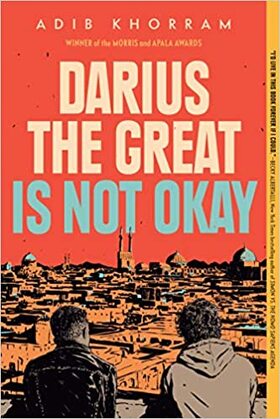
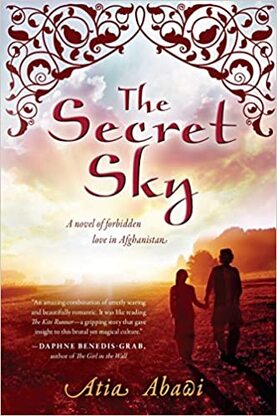
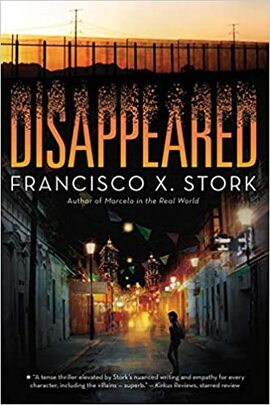
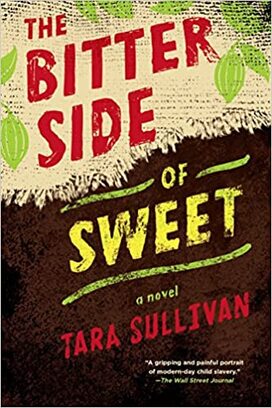
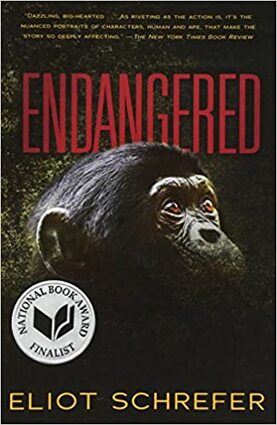
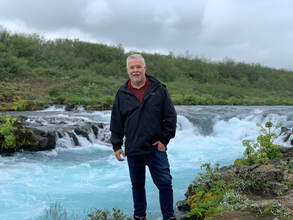

 RSS Feed
RSS Feed